1. Tab

Tab was once the go-to diet soda for calorie-conscious drinkers, especially in the ‘70s and ‘80s. Coca-Cola’s first diet soft drink had a devoted fan base, but Diet Coke’s arrival in 1982 started to push it aside. Sales dwindled over the years, and despite a small but loyal following, it became more of a novelty than a staple. In 2020, Coca-Cola finally pulled the plug, citing low demand and a focus on more popular brands, CNN reports.
Even though Tab had a cult following, it wasn’t enough to justify keeping it around. The artificial sweetener saccharin, which gave Tab its signature taste, also turned off a lot of potential drinkers. Coca-Cola even admitted that keeping the brand alive was more about nostalgia than profitability. When the company streamlined its product lineup, Tab was one of the first to go.
2. Hydrox
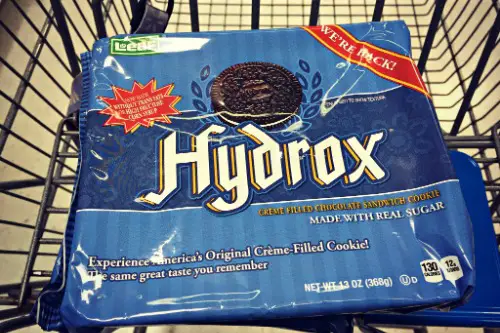
Hydrox cookies were actually the original chocolate sandwich cookie, hitting shelves in 1908 before Oreos. Despite being first, Hydrox lost the cookie wars, as most shoppers gravitated toward the sweeter, creamier Oreo. For decades, Hydrox had a niche fan base, but its lack of widespread distribution made it hard to compete. When Kellogg’s acquired the brand in 2001, it quietly disappeared from shelves a few years later.
Fans were frustrated, Food Dive reports, believing Hydrox had a superior taste with less sugary filling and a crispier cookie. There was even a brief revival in 2015 when Leaf Brands tried to bring it back, but it never regained a major foothold. Many stores didn’t carry it, and Oreos had already dominated the market for too long. Without strong marketing or retail presence, Hydrox quietly vanished once again.
3. Jell-O Pudding Pops
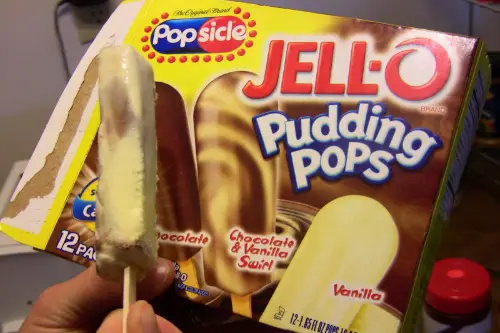
Jell-O Pudding Pops were a staple of childhood in the ‘80s and ‘90s, offering a creamy, frozen treat on a stick. They were heavily marketed, with Bill Cosby as the spokesperson, and became a favorite among kids. However, despite their popularity, Kraft struggled with production costs and profitability. By the early 2000s, Pudding Pops had quietly disappeared from grocery store freezers, according to Delish.
The brand was later licensed to Popsicle, but the reformulated version never tasted quite the same. Without the same texture or nostalgia factor, it failed to recapture its former audience. Fans still reminisce about the original Jell-O Pudding Pops, but they’re now just a sweet memory. Attempts to recreate them at home have become a popular alternative, but it’s not quite the same.
4. Surge
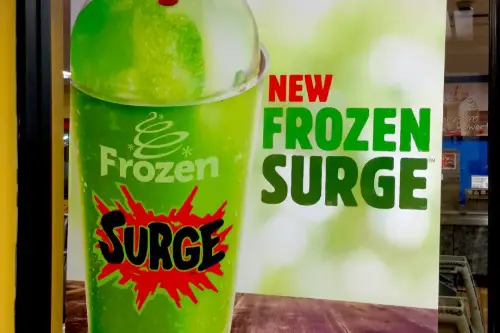
Surge was Coca-Cola’s answer to Mountain Dew, introduced in 1996 as a citrus-flavored soda with a hefty dose of caffeine and sugar. It quickly became a cult favorite, especially among young people and extreme sports enthusiasts, thanks to its intense flavor and bold marketing. Surge was marketed as a high-energy drink with the tagline “Feed the Rush,” capturing the attention of a generation. Despite its initial success, sales dropped off by the early 2000s, and according to Tasting Table, Coca-Cola discontinued it in 2003.
The soda’s disappearance left a loyal fan base disappointed, and Surge quickly became a nostalgic relic of the late ’90s. Over the years, fans rallied for a comeback, and in 2014, Coca-Cola re-released Surge as part of a limited-time promotion through Amazon. This return was so successful that it became a permanent offering again, available through select retailers. Surge’s revival proved that the passion for this energizing soda had never really gone away, even though it had once quietly disappeared.
5. Fruitopia
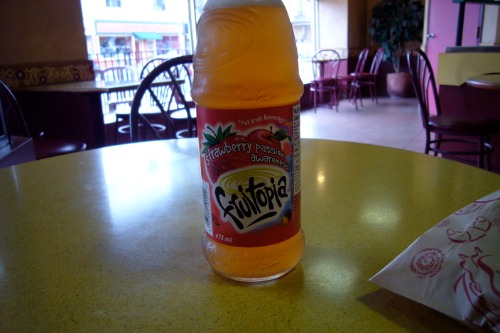
Fruitopia was Coca-Cola’s answer to the growing demand for fruit-flavored drinks in the ‘90s. Launched in 1994, it was heavily marketed with psychedelic, artsy commercials aimed at teens and young adults. Flavors like Strawberry Passion Awareness and Citrus Consciousness made it stand out, and for a while, it was everywhere. However, by the early 2000s, sales started to decline as competition from other juice brands grew.
According to Yahoo, Coca-Cola quietly phased Fruitopia out, replacing it with Minute Maid juices in most markets. While some flavors survived under the Minute Maid name, the Fruitopia brand itself disappeared from U.S. shelves. It remained available in Canada and Australia for a while, but even those versions eventually faded away. Though nostalgia remains strong, Coca-Cola seems to have no plans to revive it.
6. Fudgsicle Sundae Pops
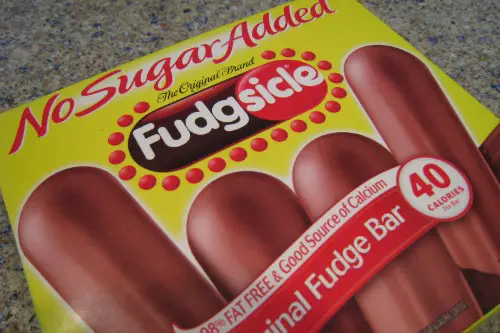
Fudgsicle Sundae Pops were a frozen treat that blended chocolate and vanilla in a layered swirl. Unlike regular Fudgsicles, these had a richer taste and a creamier texture. They were a favorite among ice cream lovers but didn’t seem to get the same attention as other frozen desserts. Without much fanfare, they disappeared from store freezers sometime in the early 2000s.
The problem wasn’t necessarily demand but competition from other novelty ice cream products. Brands like Klondike and Häagen-Dazs dominated the frozen dessert aisle, making it harder for Fudgsicle Sundae Pops to stand out. Nostalgic fans still search for them, but there’s no sign of a return. Unless a major demand spike happens, they’ll likely remain a forgotten treat.
7. Doritos 3D
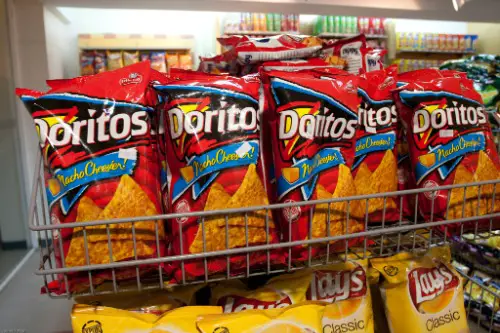
Doritos 3D was a snack that felt ahead of its time when it launched in the late ‘90s. These puffed-up, three-dimensional chips were crunchier and airier than regular Doritos, making them a hit. Despite strong initial popularity, they slowly lost traction, and Frito-Lay discontinued them in the mid-2000s. Fans were left wondering why, as they had a cult following that never quite faded.
Social media campaigns pushed for a comeback, and in 2021, Frito-Lay reintroduced them with a new twist. However, the updated version wasn’t quite the same, with a different shape and texture. Many fans felt disappointed, saying the new Doritos 3D didn’t live up to the original. While technically back, the nostalgia factor hasn’t been enough to make them a long-term success.
8. Pepsi Blue
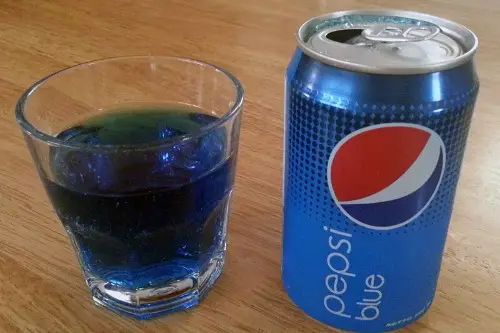
Pepsi Blue was an early-2000s soda experiment that stood out with its bold color and berry-like flavor. Marketed toward younger consumers, it had an aggressive ad campaign and even made appearances in pop culture. However, the flavor was polarizing, and many people found it too sweet or artificial. Just two years after its launch, Pepsi quietly discontinued it in 2004.
Over the years, nostalgia for Pepsi Blue grew, leading to limited-time re-releases. In 2021, Pepsi brought it back for a short run, but it didn’t stay on shelves long. The soda landscape had changed, and newer brands like Mountain Dew Code Red had already captured the market. Though it still has a fan base, Pepsi Blue remains a niche memory rather than a staple drink.
9. Viennetta Ice Cream
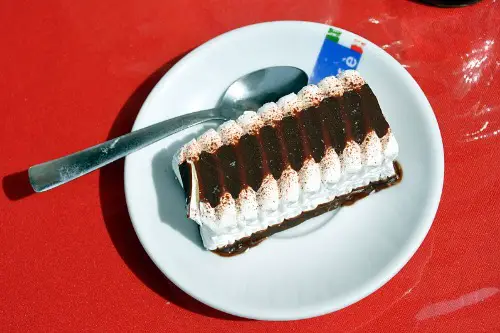
Viennetta was a fancy-looking layered ice cream dessert that felt like a luxury treat in the ‘90s. With its delicate waves of ice cream and crispy chocolate layers, it was often seen as a special occasion dessert. Despite its elegant appearance, it was surprisingly affordable and became a nostalgic favorite. However, by the early 2000s, Viennetta had quietly disappeared from U.S. freezers.
The brand was still available in other countries, but for years, American fans were left craving its return. Nestlé, which owned the brand, never explained exactly why it was discontinued in the U.S. In 2021, Unilever brought Viennetta back under the Good Humor brand, but it didn’t stay on shelves long. While it occasionally resurfaces, it remains hard to find and hasn’t regained its former popularity.
10. Butterfinger BB’s
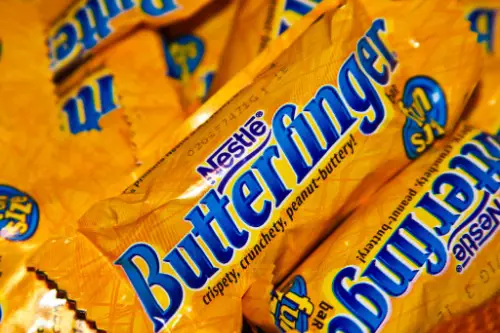
Butterfinger BB’s were a bite-sized version of the classic Butterfinger bar, introduced in the ‘90s. They had the same crispy peanut butter center and chocolate coating but were easier to pop in your mouth. Fans loved them, but the small size made them prone to melting and sticking together. By 2006, Nestlé decided to discontinue them, leaving many snack lovers disappointed.
Despite multiple petitions and fan campaigns, Butterfinger BB’s never made a full comeback. Nestlé later introduced Butterfinger Bites, but they didn’t have the same texture or appeal. Many believe the company struggled with production issues and melting problems, making them too difficult to maintain. While Butterfinger bars remain popular, the BB’s are just a sweet memory from the past.
11. Crystal Pepsi
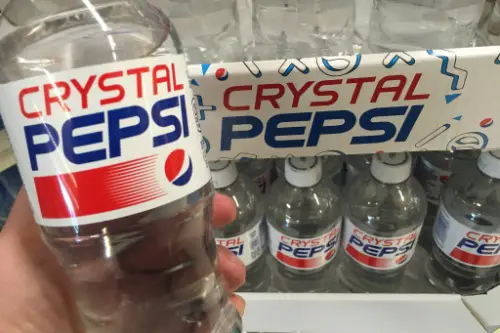
Crystal Pepsi was Pepsi’s bold attempt at a clear cola, launched in the early ‘90s. It had the same cola flavor but without the dark caramel color, making it stand out. Despite heavy marketing, including a Super Bowl ad, the novelty wore off quickly. By 1994, Crystal Pepsi had vanished from store shelves, becoming one of the biggest soda flops in history.
Over the years, nostalgia kept interest alive, leading to limited-time re-releases in 2016 and 2022. Each time, fans rushed to buy it, but it never stayed on shelves long. While it has a dedicated fan base, Pepsi has never made it a permanent product again. It remains one of the most talked-about discontinued sodas, but its fate seems sealed.
12. Keebler Magic Middles
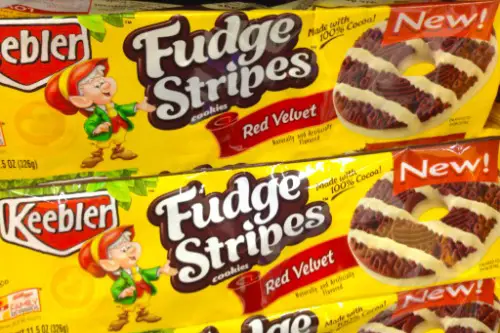
Keebler Magic Middles were a cookie lover’s dream, featuring a soft, buttery shortbread shell filled with chocolate or peanut butter. These cookies had a cult following, with many considering them one of Keebler’s best products. Despite their popularity, they were quietly discontinued in the 1990s, leaving fans confused. Keebler never gave a clear reason, but production costs and competition likely played a role.
For years, die-hard fans have begged Keebler to bring them back, even creating petitions. Many have tried recreating them at home, but nothing quite matches the original. Some speculate that they were too fragile for mass production, making them a hassle to manufacture. Keebler has stayed silent on the issue, and it seems Magic Middles are gone for good.
13. Apple Newtons
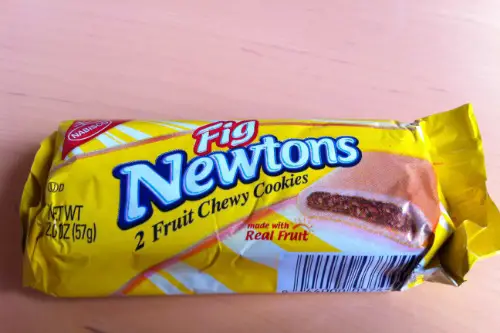
Apple Newtons were part of the beloved Newtons cookie line, alongside the classic Fig Newtons. They had a soft, chewy texture with a sweet apple filling that made them a favorite among fruit snack lovers. However, over time, sales declined, and Nabisco began focusing more on fig and other flavors. By the early 2010s, Apple Newtons were discontinued without much explanation.
Fans were disappointed, especially since Nabisco continued making other fruit-filled Newtons. Some believe that apple-flavored snacks just didn’t sell as well as fig or berry varieties. Others think the brand simply streamlined its offerings to focus on its best-sellers. Whatever the reason, Apple Newtons quietly disappeared, and Nabisco hasn’t shown any interest in bringing them back.


